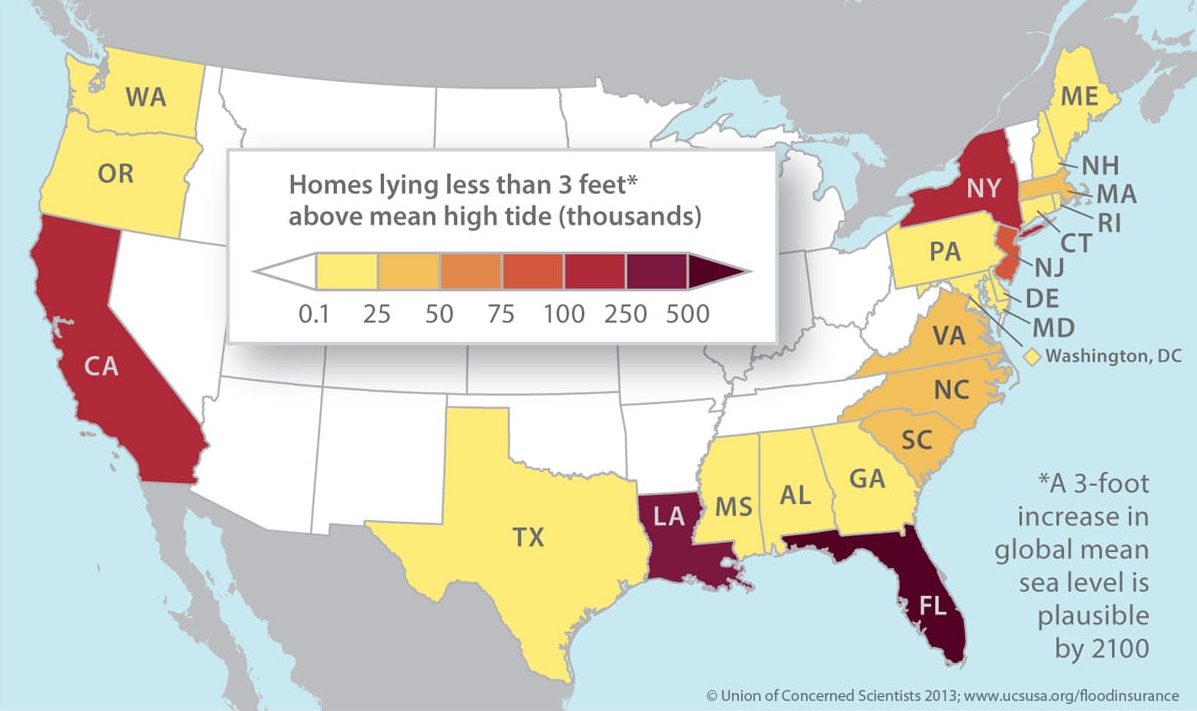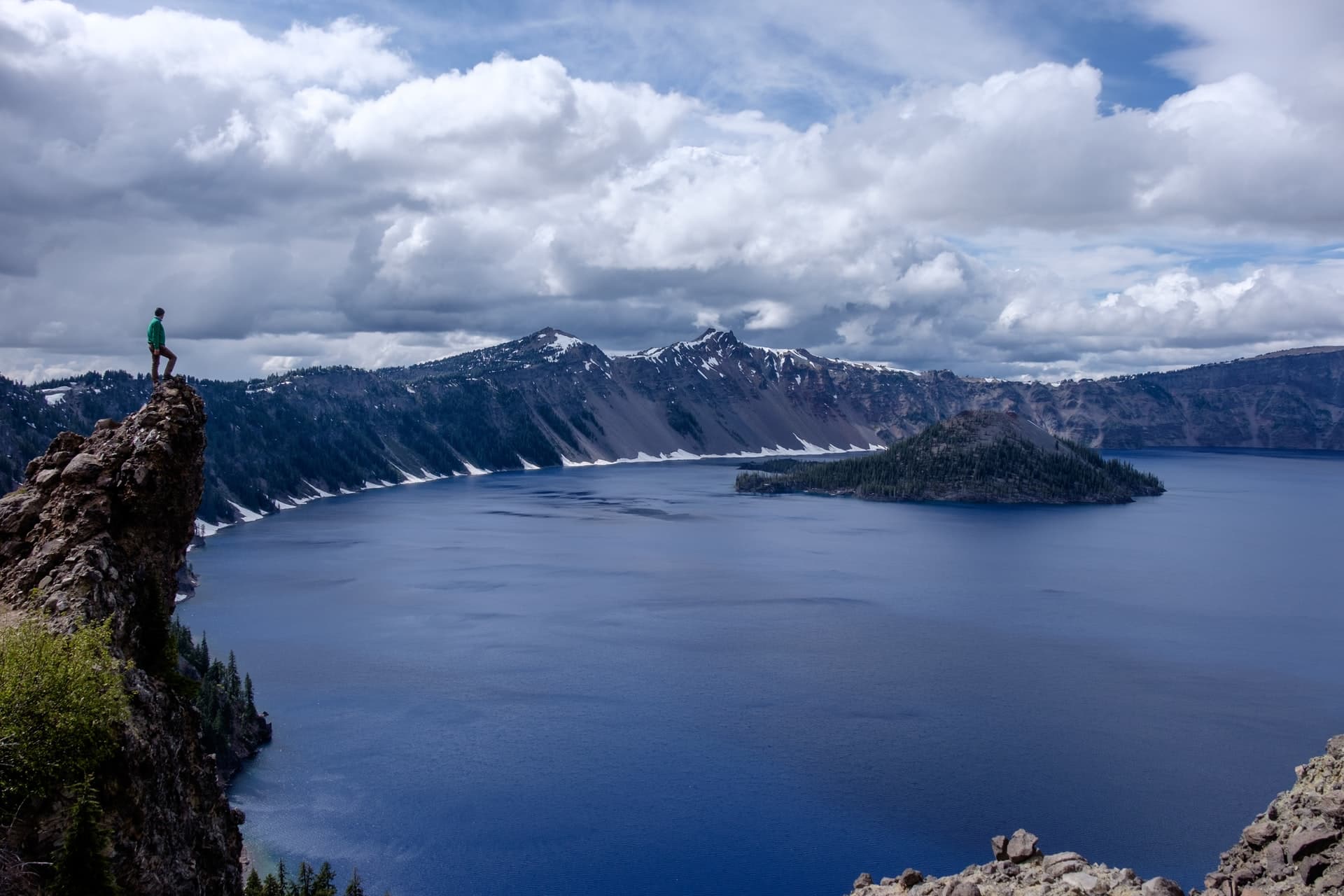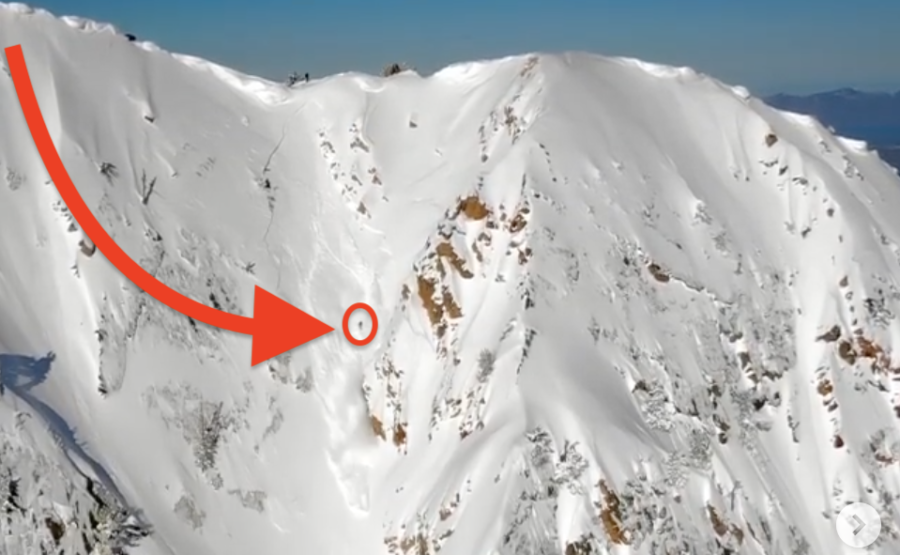
Places that once were completely dry could be underwater within the next 100 years. Sounds like a doomsday scenario, but scientists are actually seeing changes and taking note. Rising sea levels could mean possible inundation for coastal communities, many of which are densely populated.
National Geographic and the National Parks Service shed some light on the importance of noticing the change in sea levels. Although predicting future sea levels can be tricky, there are some predictions that directly effect many populated areas.
“The Intergovernmental Panel on Climate Change says we can expect the oceans to rise between 11 and 38 inches (28 to 98 centimeters) by 2100, enough to swamp many of the cities along the U.S. East Coast. More dire estimates, including a complete meltdown of the Greenland ice sheet, place sea level rise to 23 feet (7 meters), enough to submerge London.”

So who will see the most noticeable changes? Major coastal cities, especially on the East Coast of the U.S. The East and Gulf Coasts are already seeing sea levels on the rise and an increase in storm surge severity. In another article by Nat Geo, they mention who exactly is in the inundation zone.
“By the end of the century, chronic flooding will be occurring from Maine to Texas and along parts of the West Coast. It will affect as many as 670 coastal communities, including Cambridge, Massachusetts; Oakland, California; Miami and St. Petersburg, Florida; and four of the five boroughs of New York City.”

It may be the end of the world as we know it, but we can at least work towards more sustainable practices for the future. After witnessing some of the most intense storms and flooding last year, it is hard not to see the impact Mother Nature has on our coastal communities. The East and Gulf Coast are so densely populated that we will have to figure out something once areas are permanently flooded. Klaus Jacob, a geophysicist at Columbia University sees this research on rising sea levels as an opportunity.
“The problem is we’re still building the city of the past,” says Jacob. “The people of the 1880s couldn’t build a city for the year 2000—of course not. And we cannot build a year-2100 city now. But we should not build a city now that we know will not function in 2100. There are opportunities to renew our infrastructure. It’s not all bad news. We just have to grasp those opportunities.”




